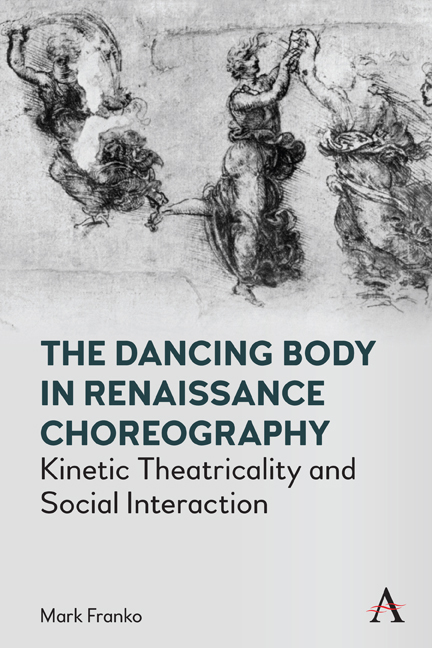Book contents
- Frontmatter
- Dedication
- Contents
- Preface to the Revised Edition
- Chapter 1 Introduction
- Chapter 2 The Mythological Intertext: Language
- Chapter 3 The Sociological Intertext: Courtesy
- Chapter 4 The Pedagogical Intertext: Precepts
- Chapter 5 The Political Intertext: Civil Conversatione (Social Intercourse)
- Bibliography
- Index
Chapter 5 - The Political Intertext: Civil Conversatione (Social Intercourse)
Published online by Cambridge University Press: 13 May 2022
- Frontmatter
- Dedication
- Contents
- Preface to the Revised Edition
- Chapter 1 Introduction
- Chapter 2 The Mythological Intertext: Language
- Chapter 3 The Sociological Intertext: Courtesy
- Chapter 4 The Pedagogical Intertext: Precepts
- Chapter 5 The Political Intertext: Civil Conversatione (Social Intercourse)
- Bibliography
- Index
Summary
“Je puis dire avoir contenté en un corps bien proportionné, l’oeil, l’oreille, et l’entendement.”
[I can say I have satisfied the eye, the ear and the understanding in a well proportioned body.]
—Balthazar de Beaujoyeulx, Le Balet Comique de la Royne, 1581A. The Interpretant
In this chapter I shall elaborate a model for the interaction between dancer and spectator based on the movement of the voice in social intercourse. My model will be developed from a reading of Stefano Guazzo's La Civil Conversatione. The work consists of a series of dialogues between il Cavalier Guglielmo convalescing from a severe illness and a friend who visits him, the doctor and philosopher Annibale Magnocavalli (I will call him Annibale as does the text). The contrasts between Castiglione and Guazzo are well known. The epitome of etiquette in 1528, which Castiglione designated with the neologism sprezzatura, was elaborated by Guazzo in 1574 within a more pragmatic field of operation, which he called “conversatione” and which can be understood in general terms as social intercourse. Conversare is a broad theme in Guazzo's text delimited chiefly by its opposition to solitude to convey the idea of community or consortship. Although it was frequently read and translated in the Renaissance and delves further into the mechanisms of social exchange than do other courtesy books, I have not chosen Guazzo's text because it is especially representative of the “art de plaire” genre. I have chosen it, rather, as a textual interpretant. The term interpretant has been proposed by Michael Riffaterre for signs or texts that “contain a model of the equivalences and transferrals from one code to the other.” In the language of dance treatises, dance is “a” civility and “a” rhetoric in that its theory is a juncture between persuasion and urbanity. Therefore, courtesy books are an intertext for dance treatises with regard to precepts. Civility's theory of social interaction is the intertext for the dancing body's effect on the spectator because in Guazzo's text, conversatio is rendered by a rhetorical code. The rhetorical code thus becomes the interpretant joining text to intertext: ultimately, the theory of the interaction of dance to the theory of the interaction of conversare.
- Type
- Chapter
- Information
- The Dancing Body in Renaissance ChoreographyKinetic Theatricality and Social Interaction, pp. 85 - 100Publisher: Anthem PressPrint publication year: 2022



